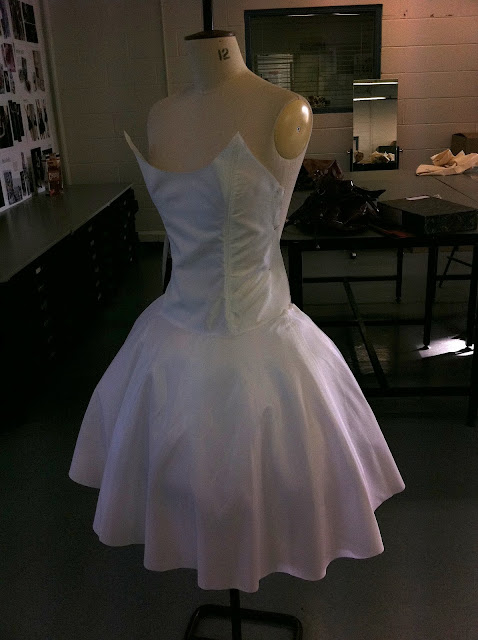In a buoyant market full of confident consumers and retailers, you may be successful with good products and good designs.
But in a tough market with depressed confidence, you need great designs and great products to stand out in a competitive market place.
This very same principle applies to job searching in a tight job market. There are still jobs out there – but it’s just very competitive trying to secure interviews.
You need to stand out in order to secure interviews. And you do that by ensuring your CV is not just ‘good’ – but is in fact ‘Great!’
Here’s a quick summary of the difference between a good CV and a great CV.
A GOOD CV
Here are some basic guidelines of a good CV
• In the UK and Europe, aim to have a 2-page CV. 3 pages at the very most. In the US and Canada the aim should be 1 page (2 at the most)
• Keep it simple – no fancy borders or colours. Simple black ink on good quality white or cream paper (if sending hard copies)
• Completed on Word (not PDF) so that it is easy to edit, email and forward by recruiters and HR teams
• Ensure you have sections for “education & professional qualifications” and “career history”
• Add in sections where you detail language skills and relevant technology skills (e.g. CAD)
• Have a short and simple section that lists your hobbies and interests
• Ensure any gaps on your CV are explained
• It is customary for the career history to be detailed in reverse chronological order so that you start with your most recent employment
Overall the CV must provide an accurate history of what you have done in a logical and well-laid out manner
A GREAT CV
A great CV has all the above as standard, but goes much further to make it stand out.
A great CV focuses on giving the reader a high-level overview of what you were accountable for in each job but is heavily focused on what you delivered in terms of results, rather than what you were responsible for.
The reader should understand clearly the value and benefits you can offer a future employer and so see the benefit in meeting with you.
In practical terms, A great CV:
• Opens with a series of key achievements which are relevant to the job you are applying for
• The achievements are not clichés, but fact-based statements demonstrating what you have achieved in your career and the results you have delivered to date
• These results show how you delivered the commercial outcomes your potential employers want – e.g. “increased revenues”, “growth in client base” “reduced costs”, “reduced stock holding” “reduced lead times”, ”improved service levels” (you may not have directly achieved these, but will have contributed towards such results)
• Quantifies the achievements with measurable, tangible results
• Gives the reader an indication of the size and scale of the jobs: size of company, team, number of clients, geographical spread of clients
• Uses powerful language: so instead of saying “was responsible for..”. use action-phrases such as “initiated” “challenged” “led” “reinvented” “pioneered” that show you in a better (but still accurate) light
• Is tailored and adjusted to the requirements of each individual job application. Within 5 seconds the reader should be able to see how you match their key criteria
• Is easy to read and imparts information with bullet points and short sentences
• Effectively promotes the soft skills: instead of just saying “strong communicator, great team-player etc” - a great CV backs these up with examples which demonstrate these qualities
Fundamentally, a Great CV shows you to be unique and different from other people (in much the same way a great garment is very different from similar but inferior products).
Admittedly, if your background is nowhere near what an employer is looking for, then even a great CV won’t get you an interview. But if you are applying for roles that are relevant, then taking some time to introduce some of these elements into your CV will make a difference.
Like anything to do with your job search (and indeed the fashion industry), producing a great product or CV is an evolving process where you try things, learn and adapt as you go based on feedback. So don’t look at the above and be too perfectionist; just make some immediate changes and then get out and start testing.
































